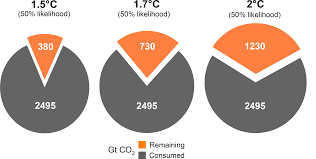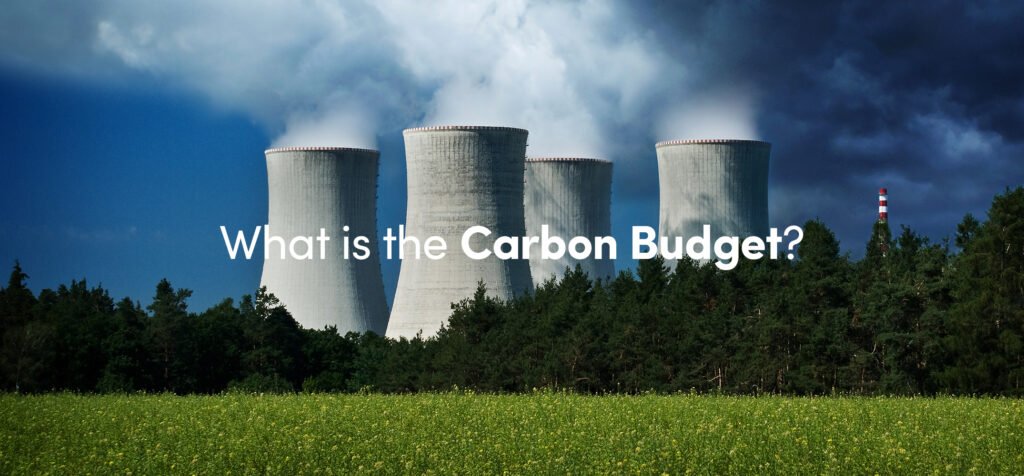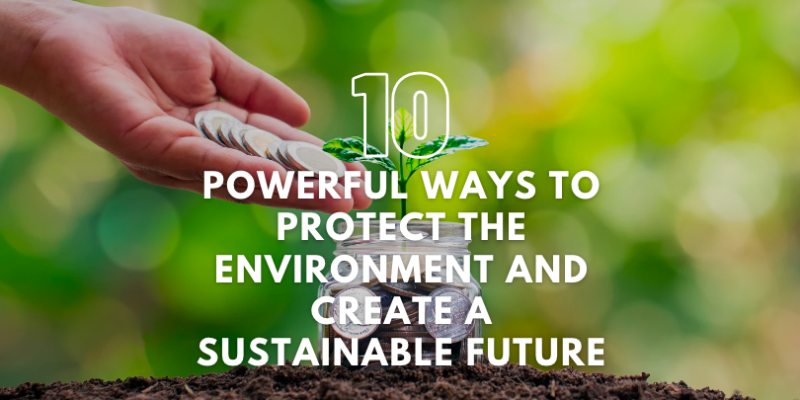Intense heatwaves, heavy rainfalls, sea level rise, and many more—we’re all in for a world of adverse events. The reason? Increased CO2 emissions. Global emissions are going way off the chart, pushing us farther from net zero emissions. In 2022, the CO2 emissions around the world reached 41 billion tonnes. According to studies, with the current emissions rate, we only have 6 years’ worth of emissions left before we cross the 1.5°C warming limit set in the Paris Climate Agreement.
For a little context, we’ve already increased global temperature by around 1°C, and the most significant reason behind this increase is human-caused CO2 emissions. This climate crisis is the biggest global risk in the coming decade.
So, what do we do? How do we deal with this? Can this be reversed?
The good news is there’s still hope. Scientists have developed multiple frameworks to achieve net zero emissions, including the Carbon Budget. If we manage our carbon budget wisely, we can transition to a world of net zero carbon emissions and save ourselves from the consequences of climate change.
What is a Carbon Budget?
The carbon budget refers to the total number of carbon dioxide (CO2 emissions) we can release into the atmosphere while still having a chance to keep global warming below a specific temperature threshold.
The Paris Climate Agreement set the threshold for global warming below 2°C above pre-industrial levels, with efforts to avoid crossing 1.5°C. To achieve this, scientists have calculated the global carbon budget that we must adhere to.

As of 2024, we have a remaining global carbon budget of approximately 250 billion tonnes of CO2, which gives us a 50% chance of not surpassing the 1.5°C limit.
Exceed this budget, and we risk tipping the scales toward catastrophic climate impacts.
What Happens if CO2 Emissions Go Beyond the Carbon Budget?
The carbon budget isn’t just a number; it’s a lifeline. Every ton of CO2 we emit chips away at this budget, bringing us closer to the brink of no return. Sticking to our carbon budget is crucial for avoiding the worst impacts of climate change. If we surpass the Paris Climate Agreement limit of 1.5-2°C temperature rise,
- Heatwaves will occur 4.1x more frequently and with higher intensity.
- Almost the entirety of the ice sheets in the Greenland and West Antarctic could melt.
- Flooding could affect about 24-30% of the global population.
- 14-18% of species will be at high risk of extinction.
- 0.28-0.61 m increase in the sea level rise.
Carbon Budget and the Race to Net Zero emissions
When governments, policymakers, and stakeholders talk about reducing their CO2 emissions or setting targets for net zero emissions, they essentially try to stay within the global carbon budget.
However, not every country spends its carbon budget at the same rate. Developed nations, which have historically contributed the most to global CO2 emissions, have a larger share of the responsibility to reduce their emissions. Meanwhile, developing nations, which are still in the process of industrialization, argue for a fair share of the carbon budget to improve their standards of living.
Even though countries around the world are racing to meet their net zero emissions targets, the road is bumpy. According to the United Nations, more than 130 countries have set a goal to reach net zero emissions by 2050.
However, there’s a stark contrast in the approach and progress of different countries. When we look at CO2 emissions by country, China, the United States, and India are among the top emitters. While China has set a goal to reach net zero emissions by 2060, its reliance on coal poses a significant challenge. India, on the other hand, aims for net zero emissions by 2070, highlighting the disparity in timelines based on economic development and resource availability.
 CO2 Emissions by Country
CO2 Emissions by Country
- China: The world’s largest emitter, responsible for about 28% of global CO2 emissions.
- United States: Comes in second, contributing around 15%.
- European Union: Together, EU countries are responsible for about 9%.
- India: Fourth on the list, contributing roughly 7%.
The Path to Net Zero Emissions: How Do We Get There?
So, how do we make sure we don’t blow our carbon budget? The answer lies in achieving net zero emissions. This means balancing the amount of GHG we emit with the amount we remove from the atmosphere. In simple words, we need to take care of our environment.
Steps to Net Zero Emissions:
- Reduce CO2 Emissions: This is a no-brainer. We need to cut down on burning fossil fuels, increase energy efficiency, and shift to renewable energy sources like solar and wind.
- Enhance Carbon Sinks: Forests, oceans, and soils naturally absorb CO2, but we can help them out by planting more trees, restoring wetlands, and adopting sustainable farming practices.
- Innovate with Technology: Carbon capture and storage (CCS) is a tech solution that’s gaining traction. It involves capturing CO2 emissions at the source (like a power plant) and storing them underground.
- Shift to Sustainable Transport: Cars, planes, and ships are major contributors to CO2 emissions. Electric vehicles (EVs), public transport, and biking are some ways to cut down on transport-related emissions.
- Policy and Legislation: Governments need to enforce stricter regulations on emissions and incentivize businesses to go green. This could include carbon pricing, which puts a cost on emitting CO2, encouraging companies to innovate and reduce their carbon footprint.
The Future of Our Carbon Budget: Hope or Despair?
Here’s the million-dollar question: Can we stick to our carbon budget? The answer depends on the actions we take today. The good news is that more and more countries are committing to net zero carbon emissions by mid-century. This is a promising start, but there’s still a long way to go.
The key is collective action. We need governments, businesses, and individuals all pulling in the same direction.
Final Thoughts
Understanding and respecting the carbon budget is crucial in our fight against climate change. By aiming for net zero emissions and making smarter choices, we can keep our planet within its limits and avoid the worst impacts of global warming.
So, let’s make every ton of CO2 count. Whether it’s reducing your own carbon footprint or pushing for larger systemic changes, every action helps. Together, we can make sure our carbon budget doesn’t go up in smoke!




Pingback: 10 food waste management technologies in India and overseas
Pingback: COP29 Key Outcomes: What do they mean to you?
Pingback: Reduce Carbon Footprint With Small Changes in Daily Habits